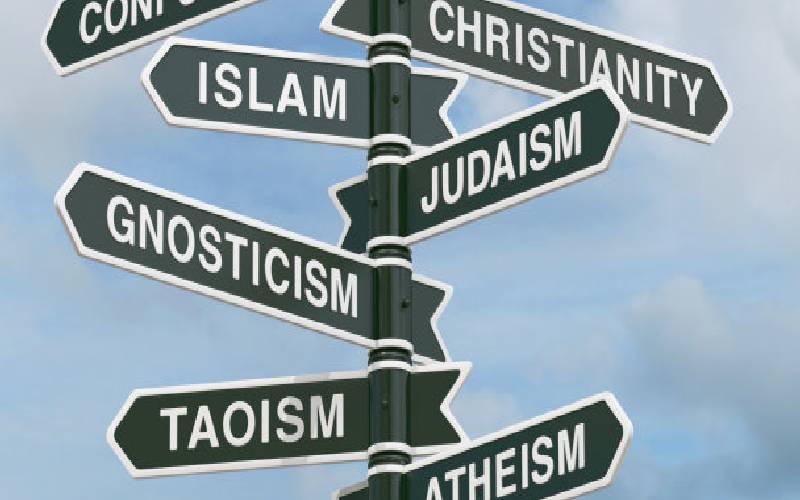
Kenya is an extremely religious society. Churches, mosques and temples of every description are found on most street corners. We waken to the Islamic Adhan call to prayer and go to rest accompanied by the racket of a thumping kesha or disco matanga. Article 8 of the Constitution states, ‘There shall be no State religion’! Still, few can forget how Daniel arap Moi’s attendance at a Sunday Church service was first item on news bulletins for two decades. Nowadays, a Sunday newscast would hardly be complete without William Ruto preaching and handing over another sack full of cash to some denomination. Due to its colonial origins and the weight of numbers, there is no doubt that Christianity does have a favoured place in this country.